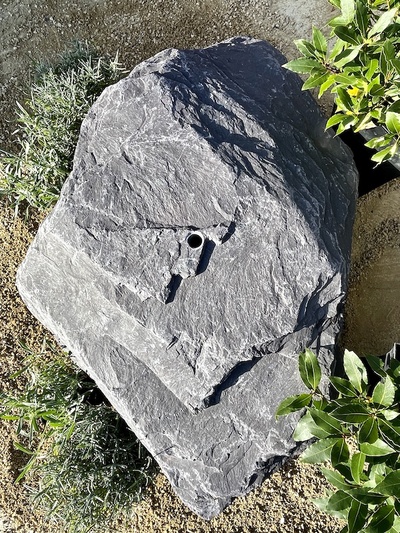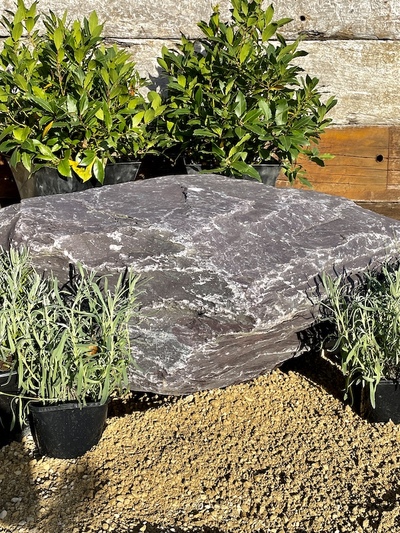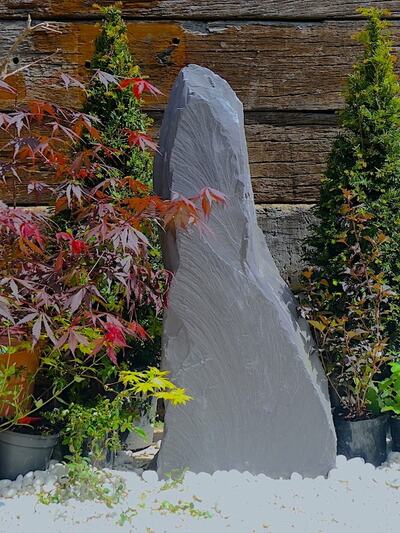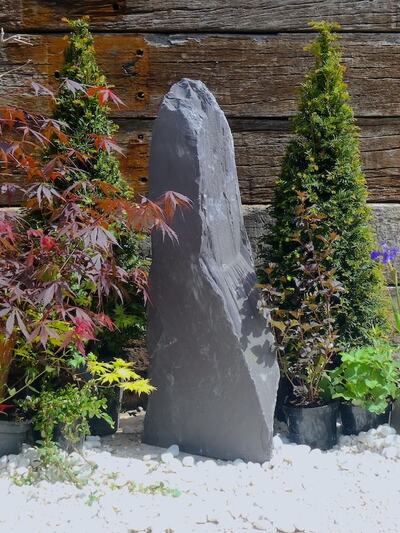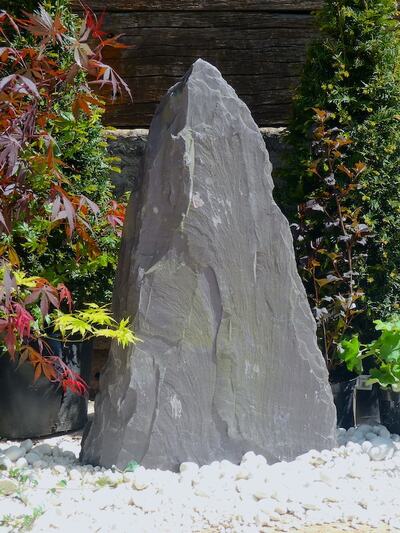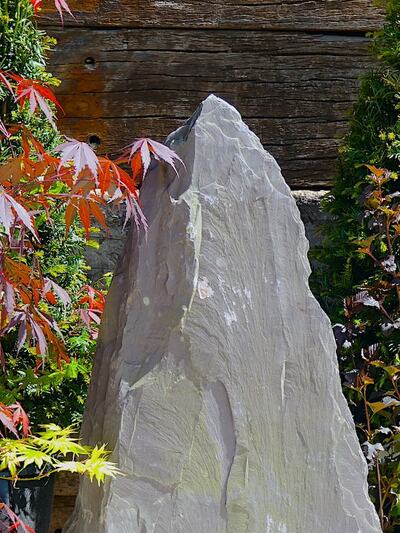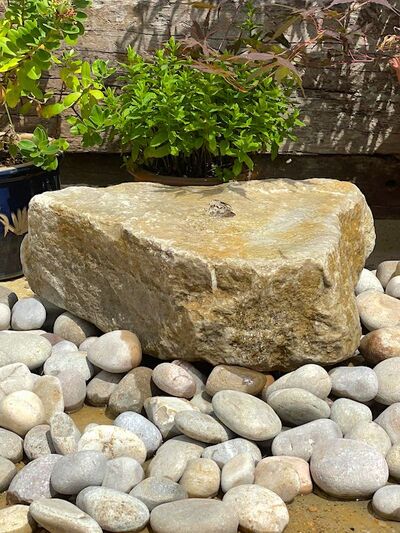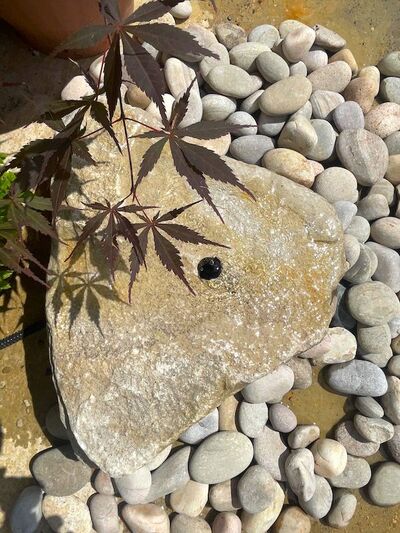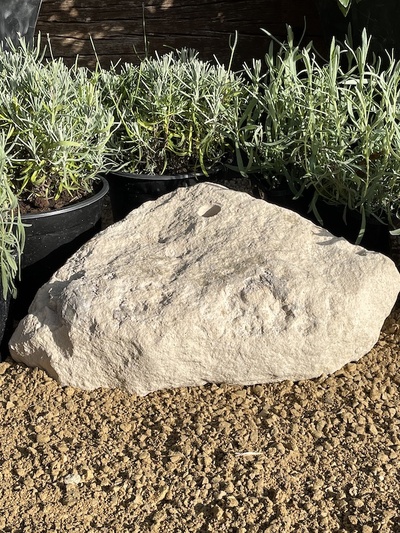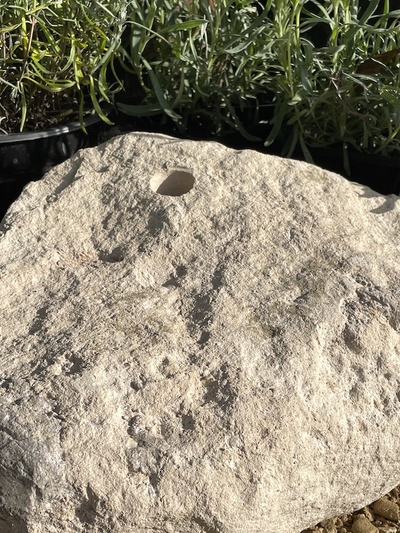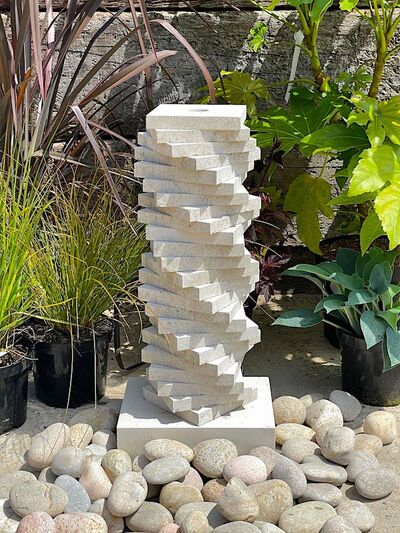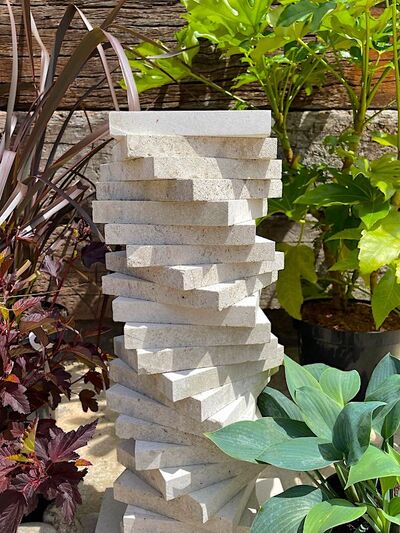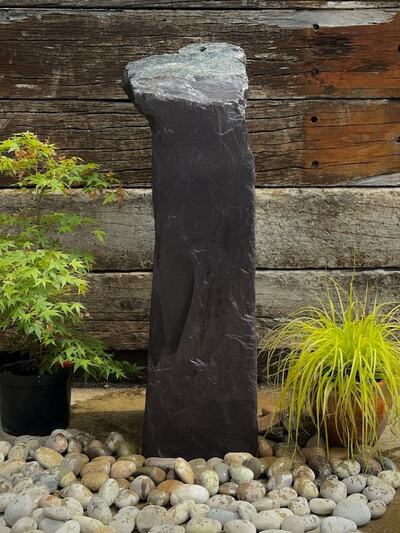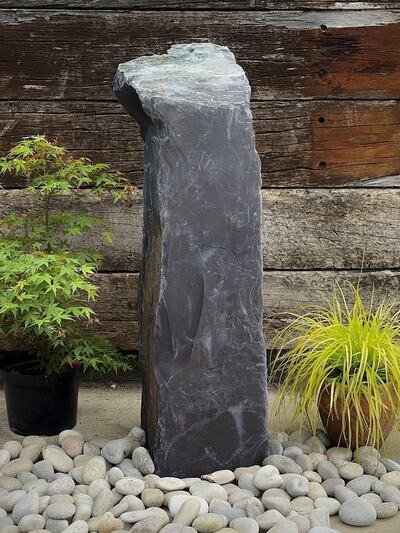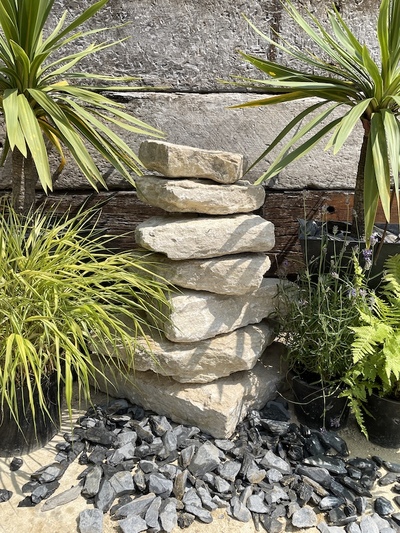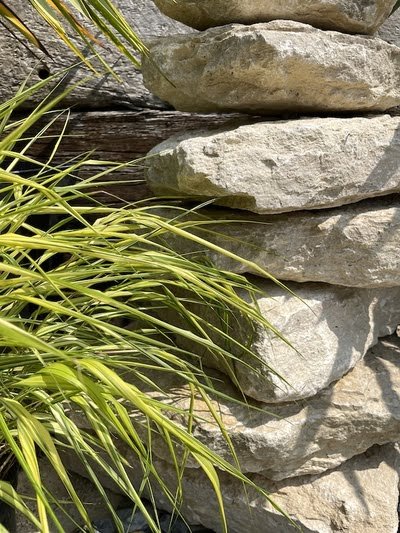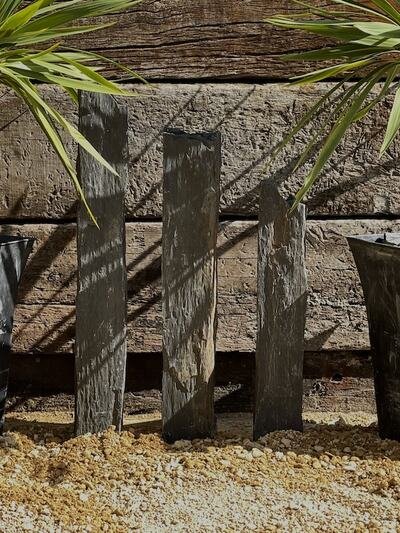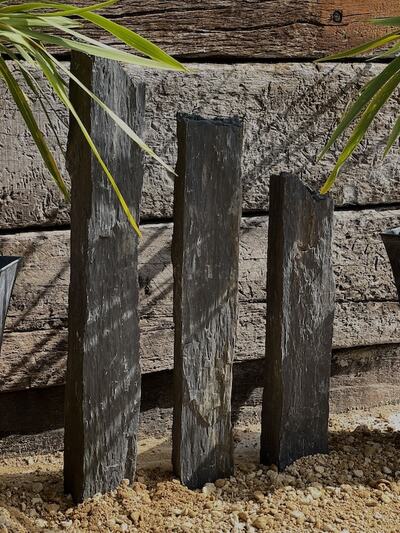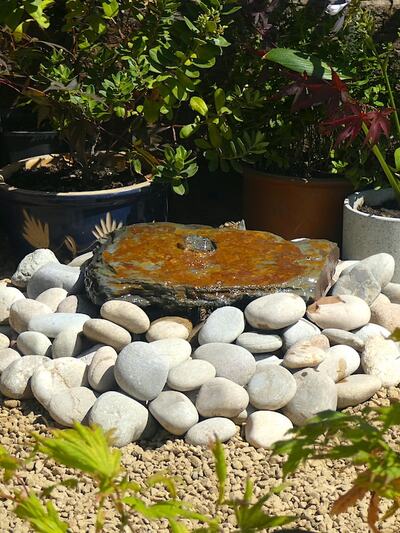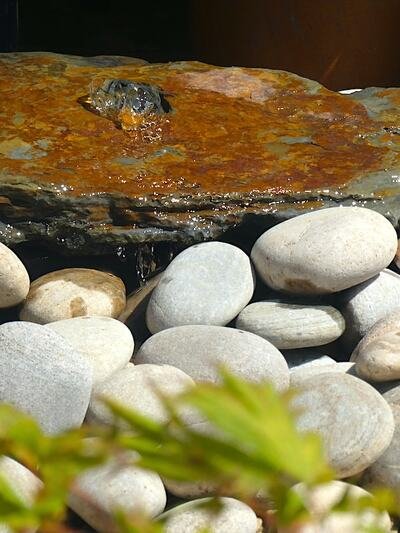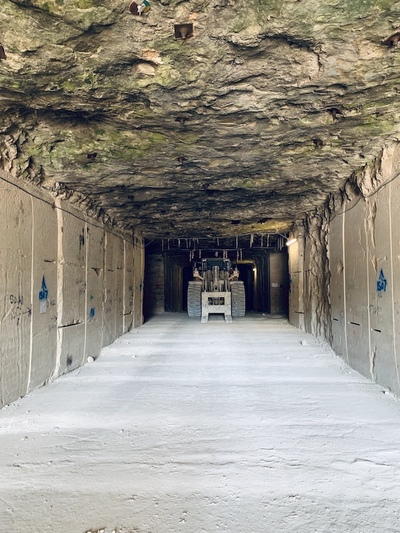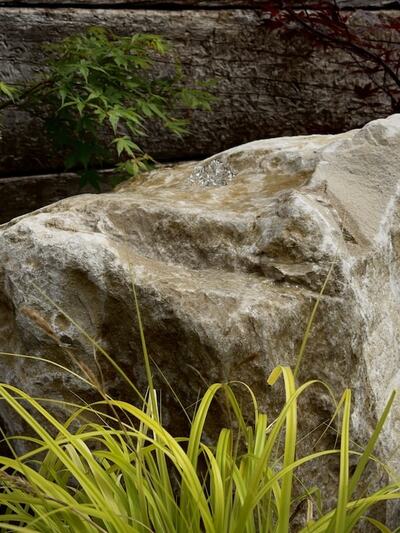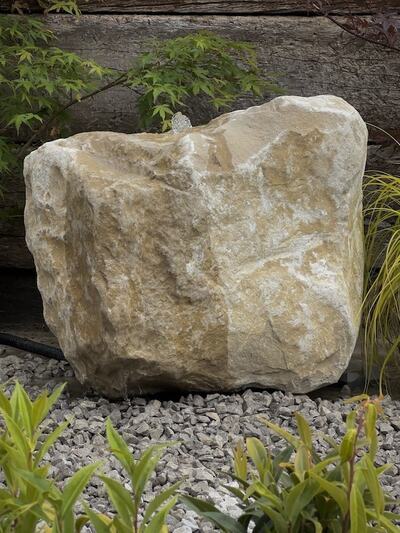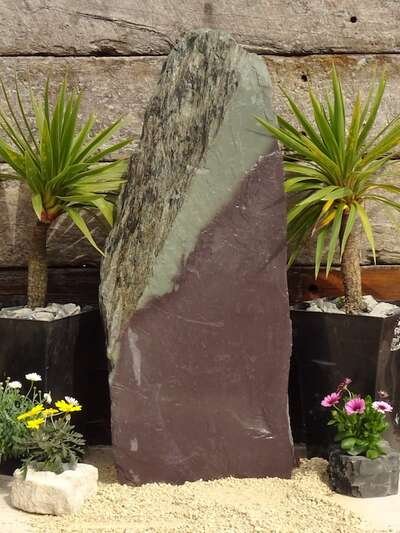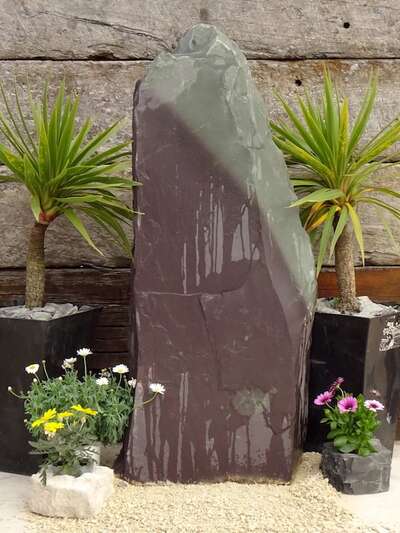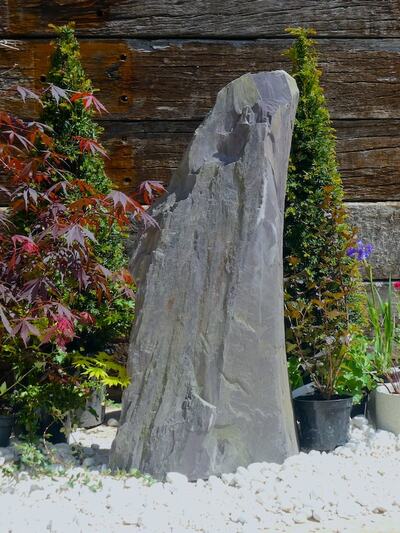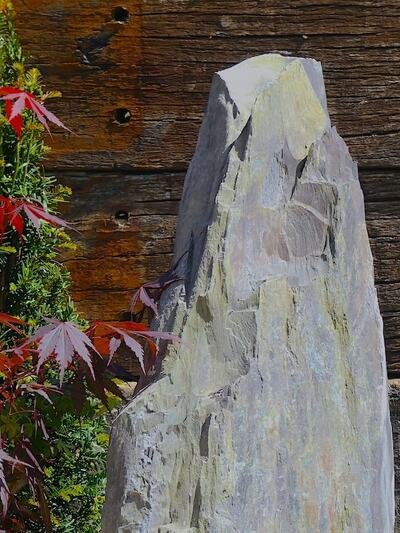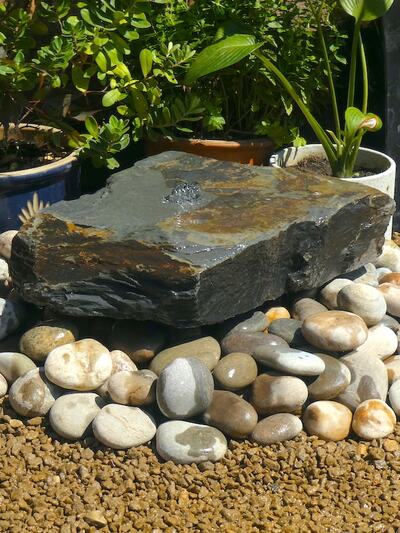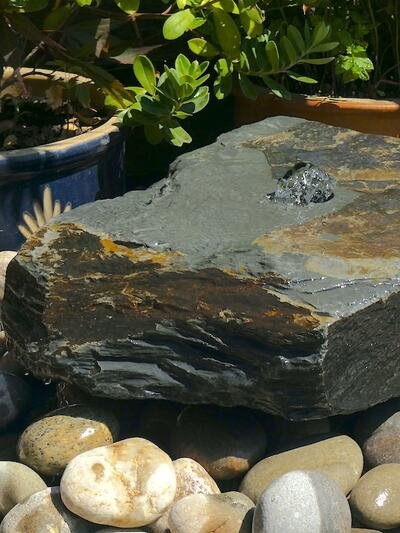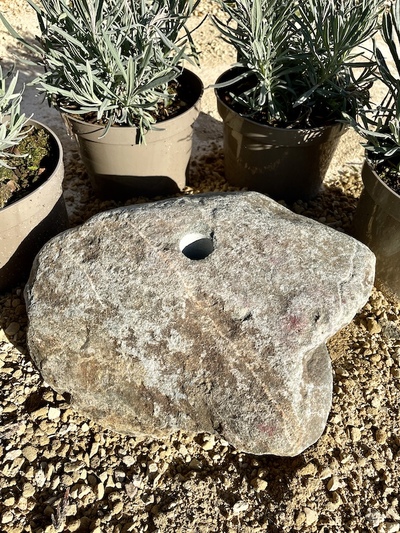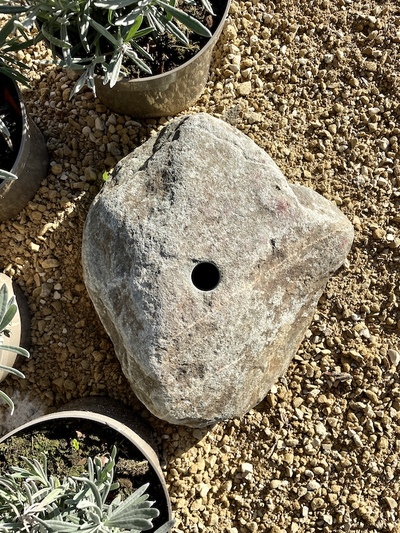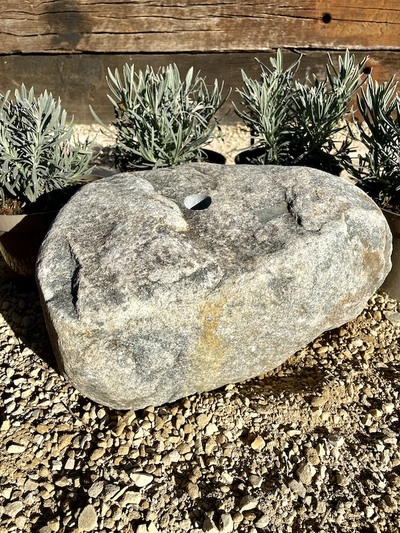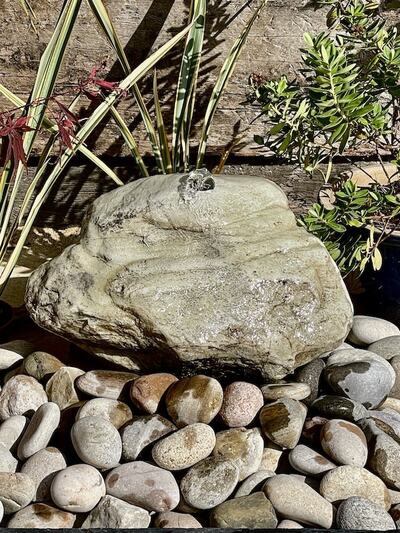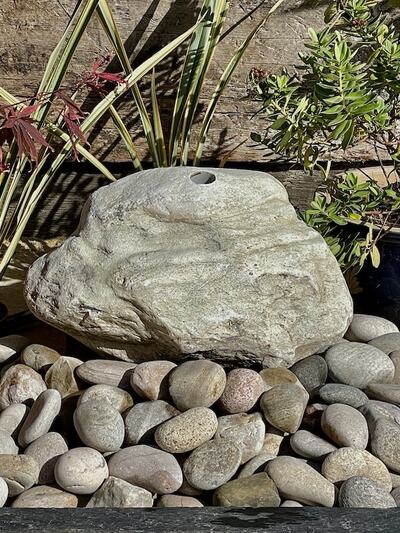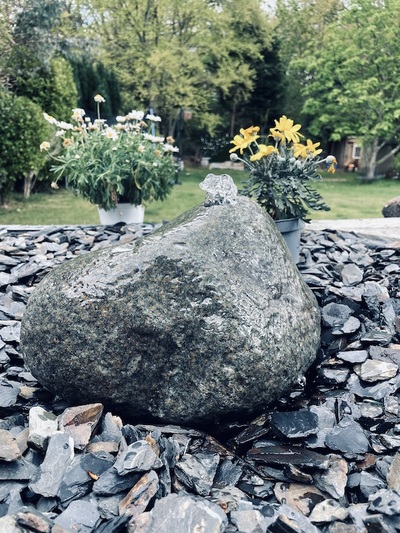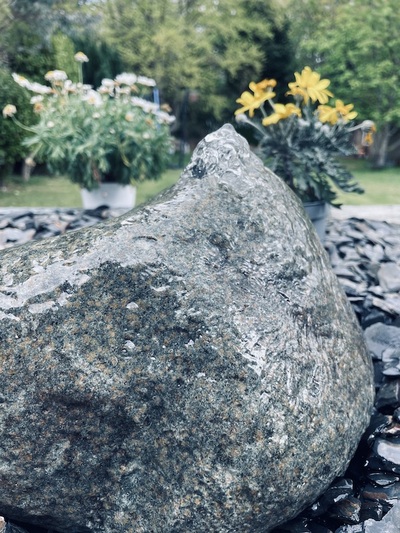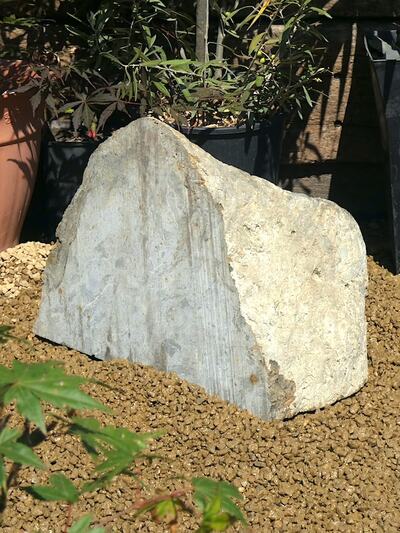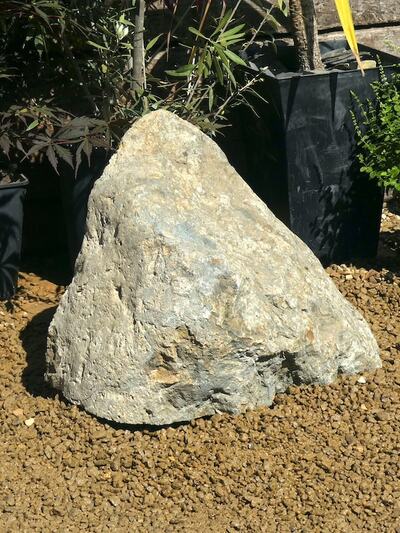How To Garden For Wildlife
Wildlife gardens are becoming increasingly popular in the UK. These gardens are designed to attract and provide a home for a variety of wildlife, including birds, insects, and small mammals. There are many benefits to having a wildlife garden, including:
- Increased biodiversity: Wildlife gardens can help to increase the biodiversity of an area. This is important for a number of reasons, including:
- It can help to improve the resilience of an ecosystem to change.
- It can provide a food source for other animals, such as birds and bats.
- It can help to control pests and diseases.
- Improved mental health: Spending time in nature has been shown to have a number of benefits for mental health, including reducing stress, anxiety, and depression.
- Increased enjoyment: Wildlife gardens can be a great source of enjoyment for both adults and children. Watching the wildlife come and go can be a fascinating and rewarding experience.
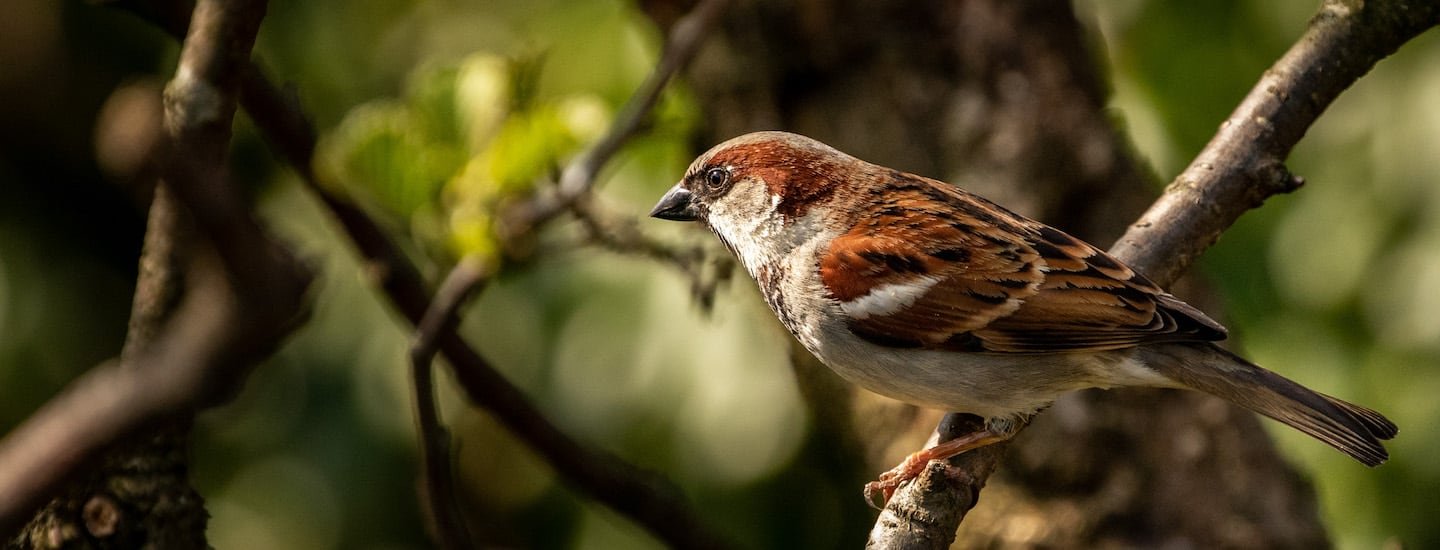
Creating a Wildlife Garden
There are a number of things you can do to create a wildlife garden. Here are a few ideas:
- Plant native plants: Native plants are adapted to the local climate and environment, and they are more likely to attract wildlife. When choosing plants, look for those that are nectar-rich and provide food and shelter for a variety of wildlife.
- Create a water feature: A water feature is a great way to attract birds, frogs, and other wildlife. It doesn’t have to be anything fancy; even a small birdbath can make a difference.
- Use natural materials: Natural materials, such as wood, stone, and gravel, can provide food and shelter for wildlife. For example, you could build a birdhouse out of wood, or create a rock garden with boulders and slate.
- Leave some areas wild: Don’t be afraid to let some areas of your garden grow wild. This will provide food and shelter for wildlife, and it can also add interest and beauty to your garden.
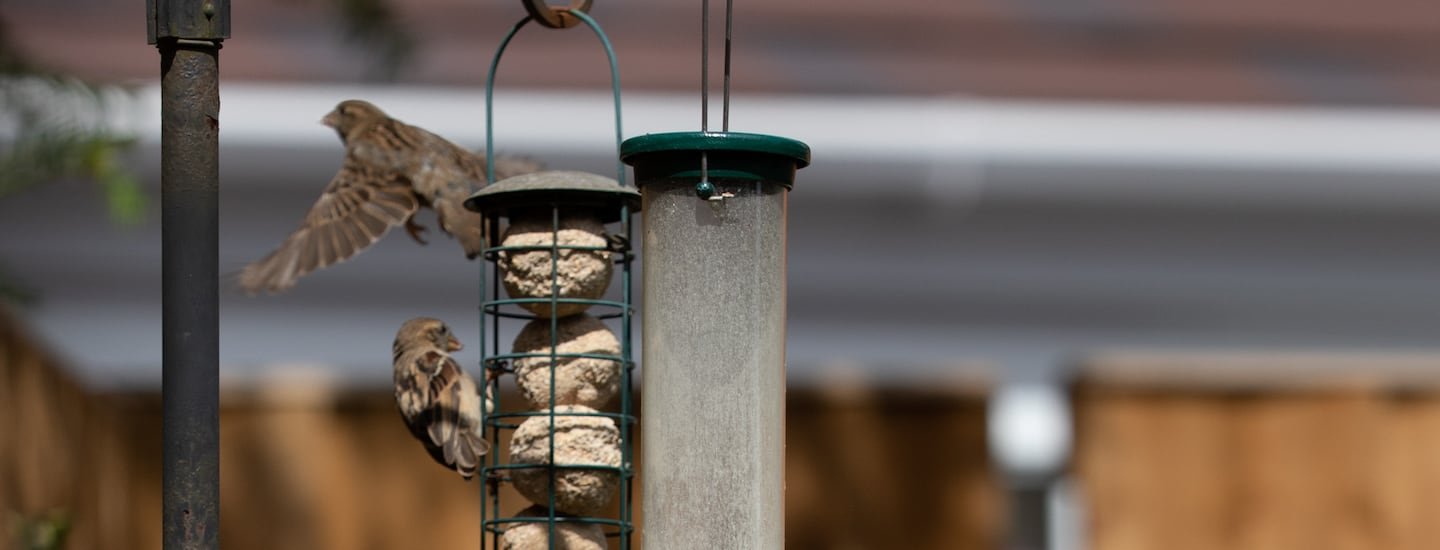
Tips for Wildlife Gardening in the UK
Here are a few tips for wildlife gardening in the UK:
- Choose plants that are native to the UK. This will help to ensure that they are adapted to the local climate and environment.
- Plant a variety of plants. This will provide food and shelter for a wider range of wildlife.
- Water your plants regularly, especially during dry periods.
- Avoid using pesticides and herbicides. These chemicals can harm wildlife.
- Be patient. It takes time to create a thriving wildlife garden.
Conclusion
Wildlife gardens are a great way to help wildlife and improve your own mental health and enjoyment. By following the simple tips in this blog post, you can create a wildlife garden that will be a haven for wildlife and a source of beauty and enjoyment for you and your family.
Buy Stone Features
UK gardeners can get the best natural stone for their garden projects from Welsh Slate Water Features. Hand selected and finished in the UK, every piece of stone is chosen for its unique properties. Free delivery is available for most UK postcodes.
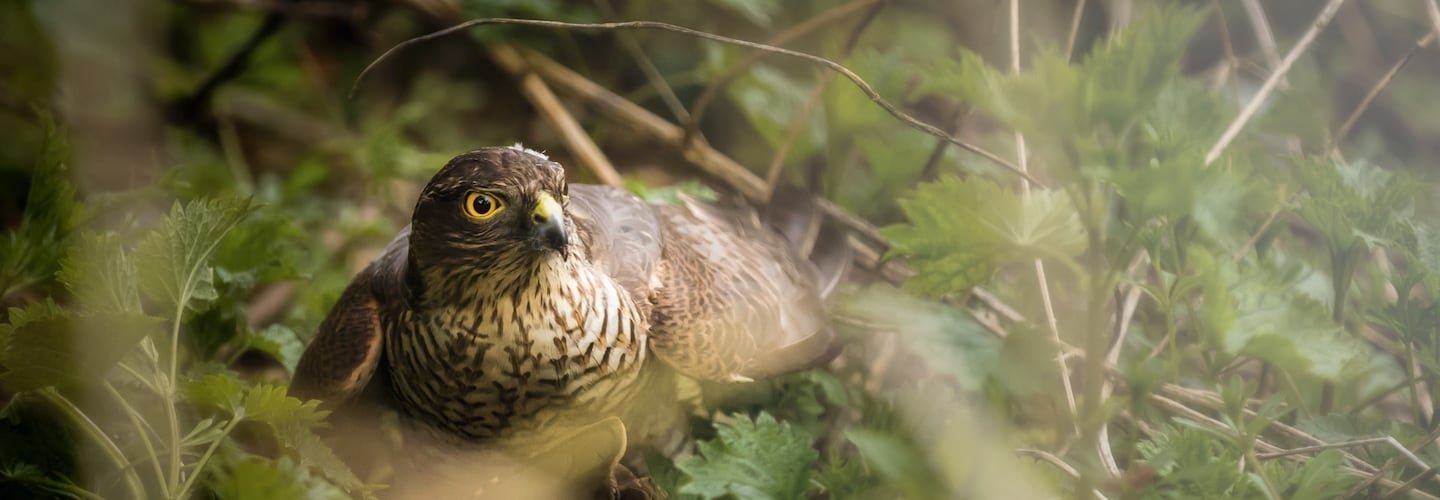
Squirrel photo by Pixabay, bird photos by Gareth Kelley


